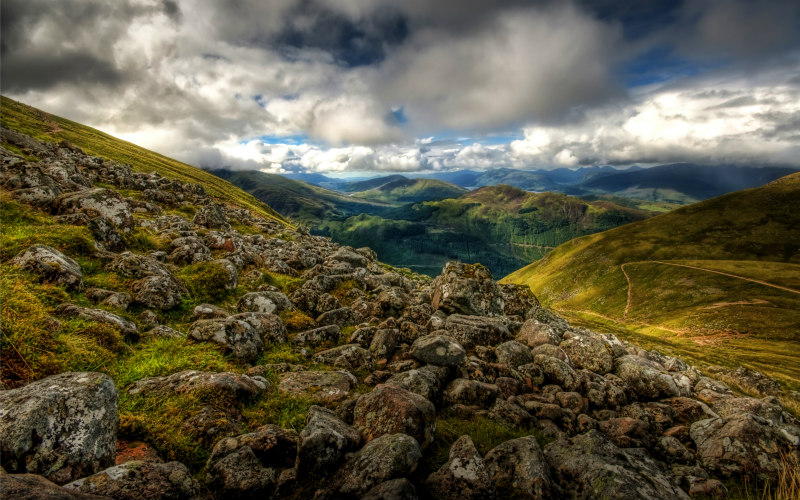
From 2024, all privately owned land in Scotland should be moved onto the Land Register. Solicitor Lesley Mearns explains the process.
The Royal Highland Show, which takes place in June each year, is Scotland’s largest agricultural and rural event, with visitors from all across Scotland – and beyond – travelling to the famous Ingliston Showground in Edinburgh for the 4 day event. To tie in with this year’s show, which took place from 22 – 25 June, Registers of Scotland and The Royal Highland and Agricultural Society of Scotland, who are the owners of the showground, recently announced that they have completed the voluntary registration of the title to the Ingliston site in the Land Register of Scotland.
Land Registration in Scotland
Currently, Scotland has two Registers for titles to land – the Land Register and the General Register of Sasines (the Sasine Register). The Sasine Register has been in operation since 1617 (this year actually marks its 400th anniversary) and is a deeds-based register. In other words, it is a record of transactions and it can be difficult to determine accurately the identity of a landowner or even the extent of their ownership from the Sasine Register. Introduced in 1979, the Land Register is a map based register of title, with each separate area of land registered being allocated a title number. The underlying owner of that title number can be identified easily on the Public Register. The Sasine Register is now being phased out and Scotland is moving towards a single system of registration for land and property titles. The Scottish Government’s target is for all privately owned land in Scotland to be moved from the Sasine Register to the Land Register by 2024.
What is Voluntary Registration?
Land which is registered in the Sasine Register will be automatically moved to the Land Register if it is transferred or sold, however many landowners and farmers will have no plans to sell or transfer the title to their land in the near future. If that is the case, your title will still need to be transferred to the Land Register and the process to complete this is known as voluntary registration.
Voluntary registration of title involves landowners applying to the Registers of Scotland to transfer their title from the Sasine Register to the Land Register. Briefly, the process is as follows:-
- Title examination – all of your title deeds need to be collated and reviewed to determine the full extent of all burdens, servitudes and other title conditions affecting or benefiting the land. This process provides an excellent opportunity to “tidy up” the title, for example to remove conditions that are no longer enforceable or relevant.
- Title plans – as the Land Register is a map based register, all titles firstly need to be accurately plotted on the Ordnance Survey Map. Depending upon the nature of the title and the number of title deeds involved, having a plan prepared may be a complex process; however when the plan has been prepared, it will serve to confirm ownership information and highlight any potential problems ahead of the registration process. These include, for example, areas where boundaries overlap with those of neighbouring properties or where there are gaps between fences and adjacent roads which may result in access issues or ransom strips. Where possible, using the Keeper’s Plan Assistance Service can make the map preparation quicker and more cost effective, with fees for that service depending on the number of title deeds involved.
- Applying for registration – once the title deeds have been examined and the plan prepared and agreed with you, the application for registration in the Land Register is prepared and submitted to the Registers of Scotland. The Title Sheet issued by the Land Register on completion of the registration process will provide greater transparency, certainty and security in relation to your title, as well as reducing future costs of transacting with the land. The easy to read Ordnance Survey based map will clearly show title areas and boundaries, which can also help to manage ongoing activities on the land.
I would like to register my title – what next?
Thorntons have set up a dedicated specialist team to deal with voluntary registration who can guide you through the process, working closely with you and with the Land Register completion team at the Registers of Scotland.
For more information and advice please contact any member of the Land and Rural Business team.
